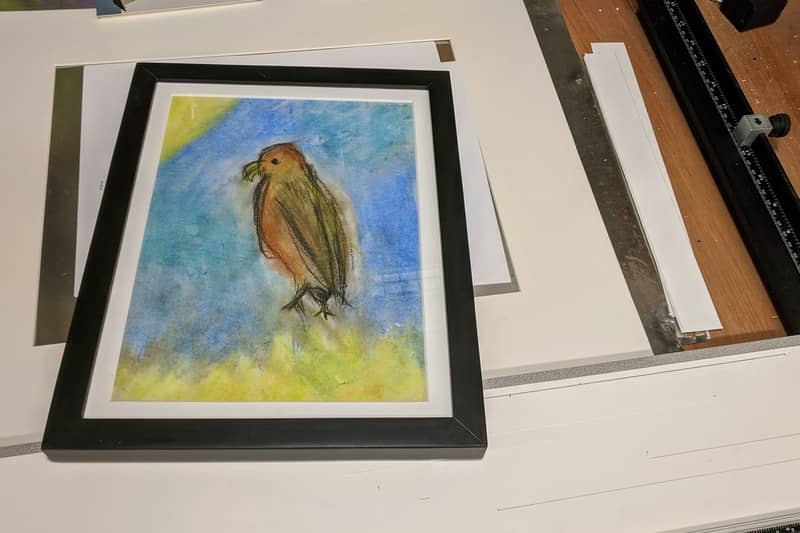There is something unsettling if not unnatural about sitting on a Zoom call with administrators, teachers, psychologists, a veritable who’s-who of people with vast education and little funding, breaking down the social habits of your autistic daughters in the middle of a pandemic.
“It’s hard to gauge given the state of the world. Their on-camera habits are problematic within the virtual classroom.”
“Do you mean the fact they don’t want to be on camera and point the cameras at the ceiling? We’re working on it.”
“When the cameras are on, are we working on the pants?”
“Yes, Evelyn doesn’t like pants. Yes, we’ve had that talk. No, it’s not quite sorted.”
As each person reports their findings and their next steps, an outsider might see the conversation through a lens of harsh criticism but there is no malice in their words. They care and we appreciate their efforts as the pandemic continues to rage and my children become purveyors of technical evasion.
The pandemic has amplified a skill they developed on their own long before this plague arrived, a skill which adults with technology too often lack: the ability to disconnect. They’re comfortable in their online environment because it offers them a level of control they lack in a classroom. What seems dismissive is just a control knob of spectrum peculiarities; I don’t need to be on camera to do this class work and I surely don’t need the distraction of these pants.
To be clear Monica and I wear pants on our Zoom calls, she didn’t pick it up through osmosis. I can’t say the same for all of our colleges and I’ve got no judgement; let’s just get through this seventh ring of hell pandemic however we can.
Pants aside, the very technological advantage that the pandemic has afforded them to excel at their classwork and in their distanced social interactions is however a double edged sword. Those very spectrum peculiarities can lead to lacking skills about existing in the physical world that they’ve been away from for nearly a year. The problem is we just don’t know.
“We just don’t have a firm understanding if the improvements in communication they’ve gained in their virtual environment will translate back into the structure of school when they return to the classroom,” stated one of the therapists. “We’ll have to re-evaluate once we get back to school.”
Alas, as with every piece of data pandemic or otherwise we can only evaluate what we know and collect more data to create clarity. Maybe that’s why the Zoom call was so unsettling; everyone on that call knew our dataset was sparse, that we couldn’t control the setting to collect more data due to the pandemic, and that inevitably our best efforts to help the kids have been more hampered than we’d all hoped this school year. With the increasing risk of more contagious variants of the virus no longer an if but a when, any hopes to close that gap in person are limited. Spring classes look far fetched, and even if they did attend, the inability to evaluate speech let alone a facial reaction in a social situation is limited by masks. Not wearing a mask is a non-starter for everyone involved.
Dashed data, gaps filled as best we can. Spring hopes turn toward summer dreams. In the mean time, we carefully navigate with the tools at our disposal, as safely as we can.


